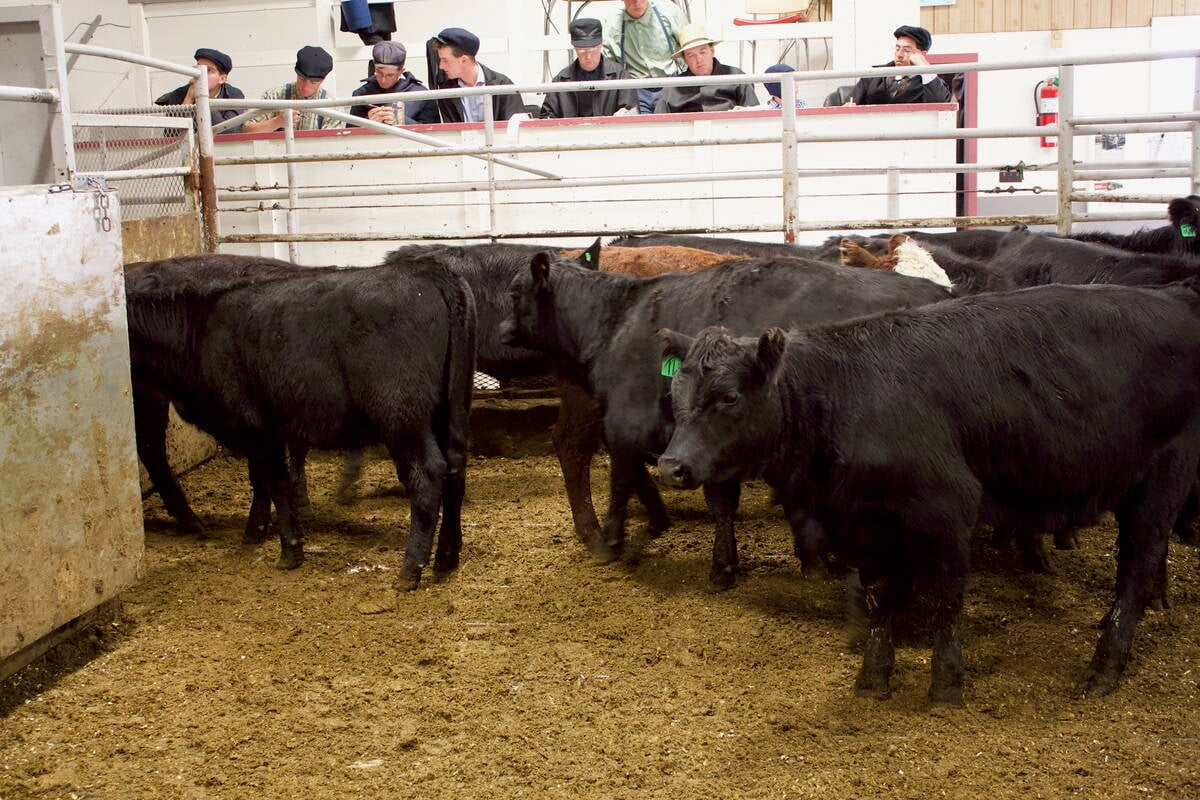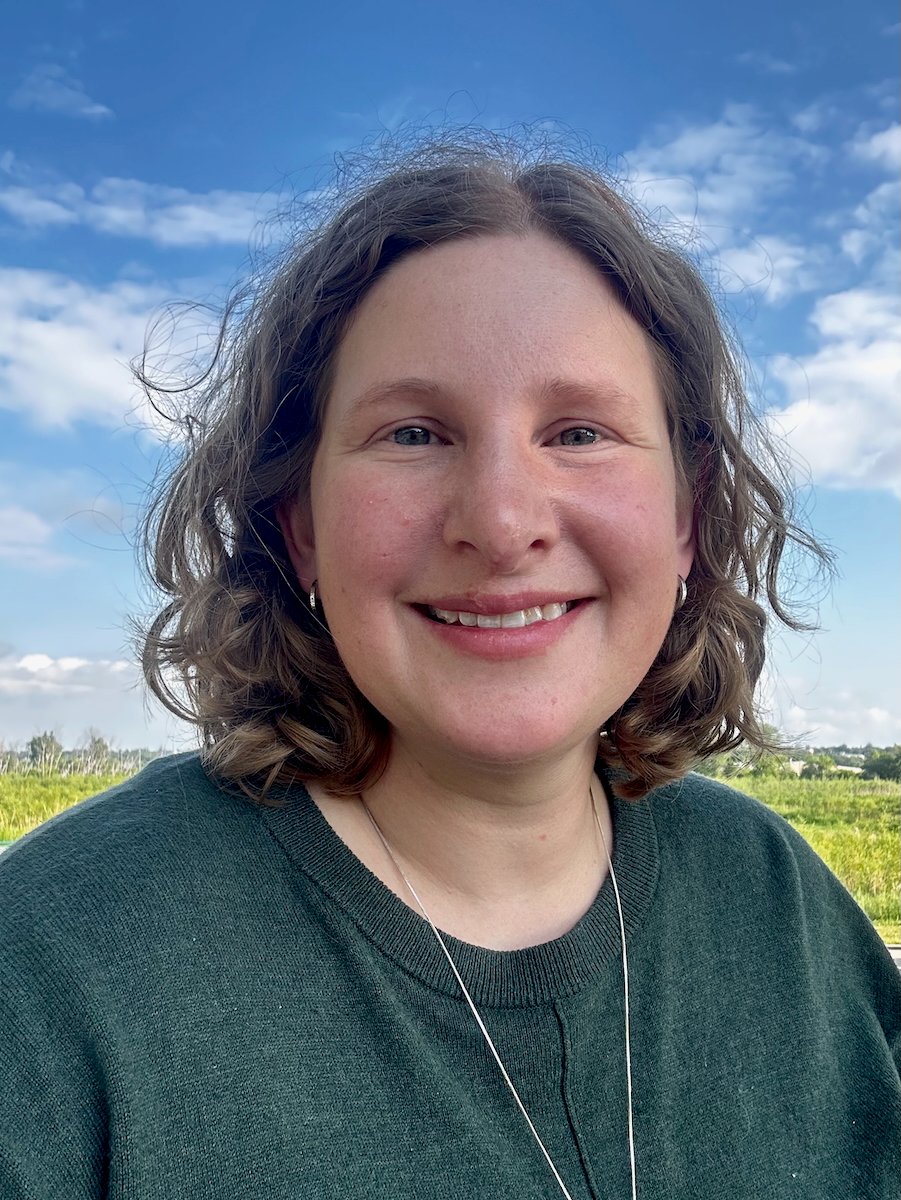Zoning agreements and compartmentalization programs are similar and can be complementary — but they are not the same thing.
Zoning refers to an area set up by authorities in the face of an active infection — colloquially described as “wartime” prevention. Zones are set out geographically, CPC veterinary counsellor Dr. Egan Brockhoff said.
Read Also

Manitoba beef weighs farmer futures
Cattle prices are good, but trade uncertainty and rising costs add some damper to Manitoba beef farmers’ celebration looking into 2026.
Within that zone, lockdowns, herd destruction or any other necessary efforts to keep the disease from spreading are undertaken, while other geographic areas are free to continue business as normal.
Such agreements are meant to mitigate total trade shutdowns.
In March of last year, Canada and the U.S. signed a bilateral zoning agreement on ASF. Under that agreement, both countries agreed to respect the zones as laid out by food safety and animal health authorities of the other nation.
When it comes to trade flow, however, Brockhoff and the Canadian Food Inspection Agency also hope to see a backbone of ASF-free compartments.
Compartmentalization is all about basing ASF risk on how the barn is managed, rather than where the operation is.
Those compartments would, in essence, corner off a part of the value chain, which would then be audited, tested and monitored at each level to ensure ASF-free status. That status could then hold up even if an ASF case were found in the area.
Such prevention must be made in “peacetime,” and therefore be established prior to a positive ASF case, Brockhoff said.
Compartments under the program are designed as if anything outside the compartment is infected, Brockhoff said, thus requiring no practical change if there actually is a case found.
The veterinarian pointed to a hypothetical environment, in which two compartments are operating both in and out of an established control zone. Those compartments would be able to continue to move and do business with other, similar compartments, while their unenrolled neighbours would have their operations frozen.
“We want these two (concepts) to work together as much as possible,” he added. “Recognizing that we need both, but they are quite different and they’re very complementary.”















